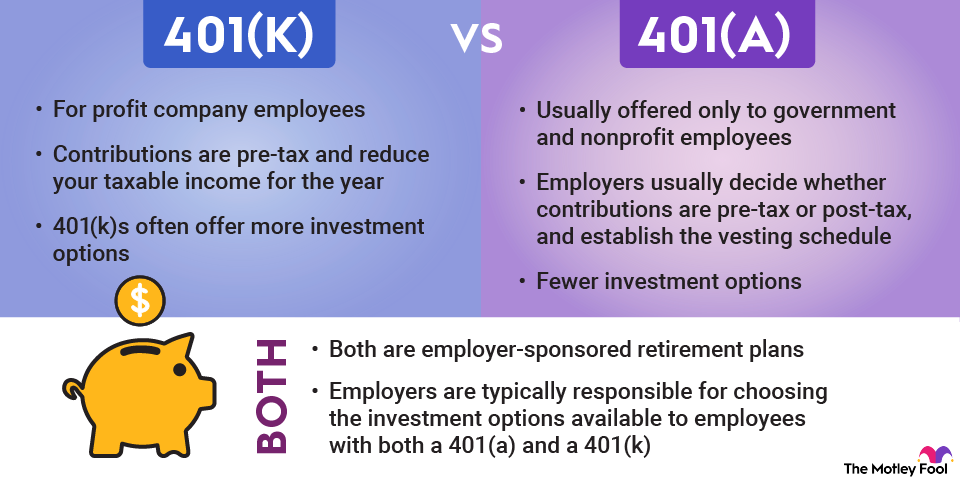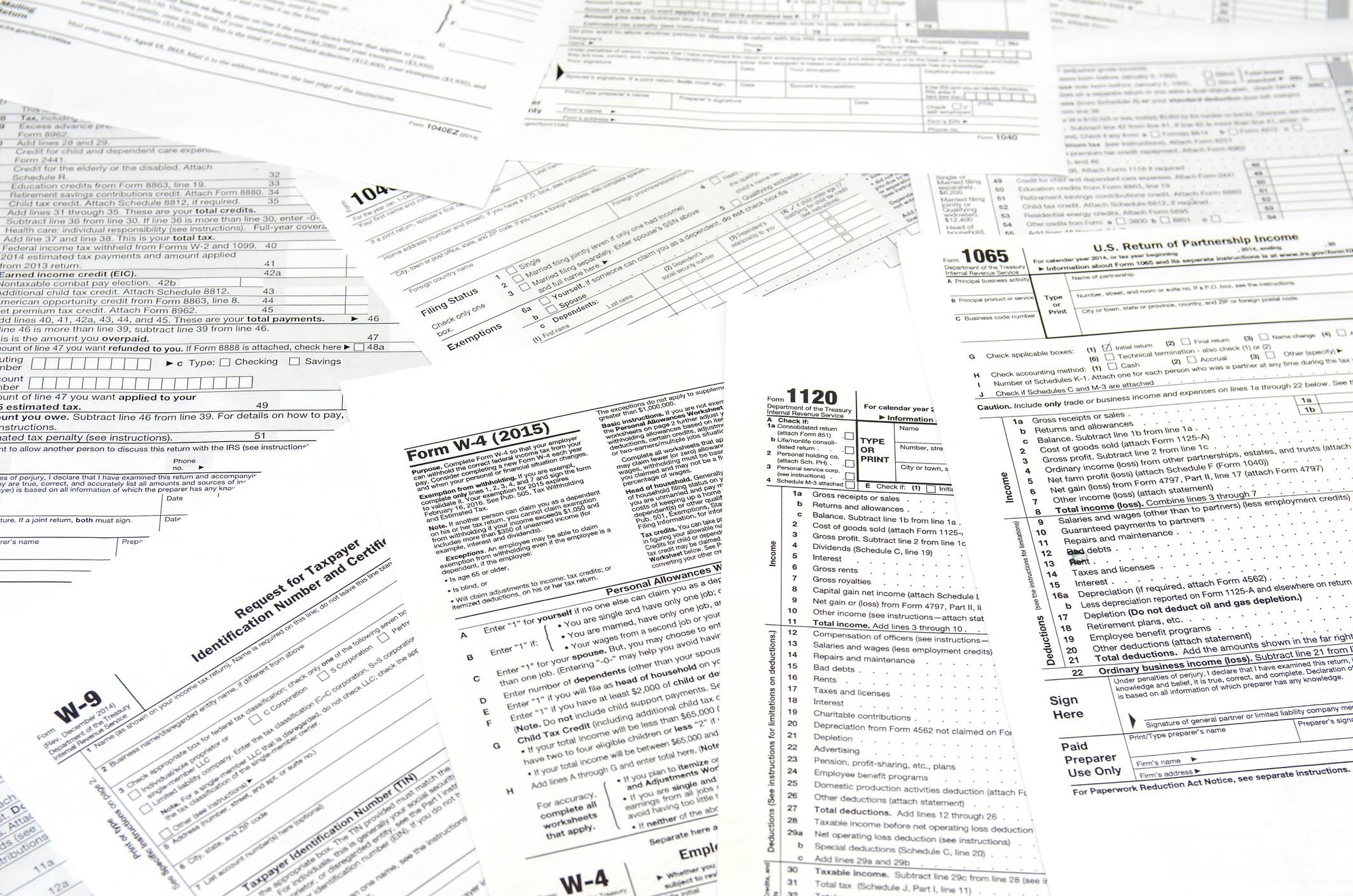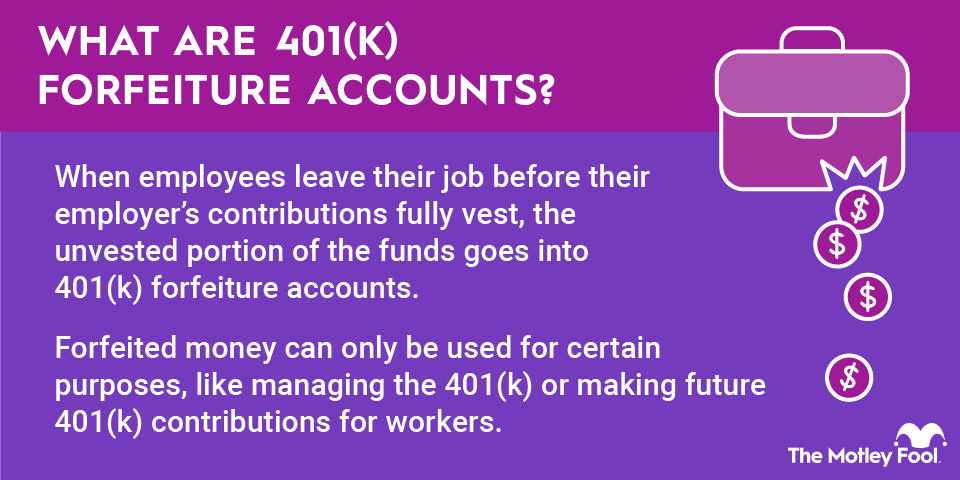If you could have one financial document to use when deciding whether to invest in a publicly traded U.S. business, which would you choose? Most smart investors would opt for the company’s Form 10-K, an annual report filed with federal regulators. Read on to find out more about 10-Ks -- when they’re filed, how they’re different from the typical glossy corporate annual report, and standard elements on the forms.

What is a 10-K?
A 10-K is a form that publicly traded U.S. companies are required to file every year with the Securities and Exchange Commission (SEC). The report covers an extremely wide range of important topics for publicly traded companies and is often far more detailed than the annual reports released to shareholders.
The form is considered especially reliable for shareholders since it’s subject to strict rules by the SEC. Companies can neither make false or misleading statements nor omit potentially material information from their 10-Ks. The SEC ensures compliance by requiring the CEO and CFO of each company to vouch for its accuracy; under the Sarbanes-Oxley Act stemming from the accounting scandals at Enron and WorldCom in the early 2000s, top corporate officers can be held liable for knowingly providing false or misleading information.
Companies are required to file their 10-Ks after the end of a fiscal year. The exact deadline differs depending on the public float, which is the value of shares held by public investors. For example, publicly traded companies with a public float of more than $700 million have 60 days to file their 10-K with the SEC, while companies with less than $75 million have 90 days.
Elements of a 10-K
There are four basic elements to a Form 10-K, with 15 separate items.
Part I
The first item in Part I is a description of the business, including its primary products and/or services, its subsidiaries, and its markets. The SEC also recommends that the company use Item 1 to inform investors "about recent events, competition the company faces, regulations that apply to it, labor issues, special operating costs, or seasonal factors."
Item 1A is described as "risk factors," which should generally be listed in order of importance. The company should focus on the potential risks rather than how they might address risks.
In Item 1B, companies are required to explain unresolved questions or issues raised by the SEC from previously filed reports.
Any physical property should be described as part of Item 2 -- manufacturing facilities, plants, or any other significant physical properties.
The company is required to include any information about significant lawsuits or other legal actions that could affect its value in Item 3.
The SEC reserves Item 4 for future rules.
Part II
The company uses item 5 to provide information about its securities, including market information, number of shareholders, dividends, stock repurchases, and other activity surrounding its holdings.
One of the more important items for investors, Item 6 provides selected financial data about the company over the last five years.
The company is required to provide its own thoughts on its business results in Item 7, known as Management's Discussion and Analysis of Financial Conditions and Results of Operations, or MD&A. This can include its views on trends that could affect the company's value, off-balance-sheet deals, contractual obligations, and estimates and assumptions used by its accountants.
Item 7A includes more detailed information about the company's potential risks and can include valuable information about its exposure to interest rates, foreign currency, commodity, or equity price risks.
The most important element of a 10-K is found in Item 8, known as "Financial Statements and Supplementary Data." It includes the company's audited financial statements, including its income statement, balance sheet, statement of cash flow, and statement of shareholders' equity. U.S. companies are required to adhere to generally accepted accounting principles (GAAP), although some 10-K reports may also include non-GAAP (adjusted) figures.
Companies are required to flag any disagreements with accountants in Item 9.
Internal controls and procedures for financial reporting are discussed in Item 9A.
Any information reported on a different form during the company's fourth quarter but that was not yet reported should appear as part of Item 9B.
Part III
The background and experience of a company's board of directors and executive officials should be detailed in Item 10.
Compensation for top executives is reported in Item 11.
Item 12 discloses shares owned by a company's directors, top officials, and large shareholders.
Any information about relationships and transactions by the company with directors, top officials, and family members should be disclosed in Item 13.
Companies report the fees they paid to their accounting firm in Item 14.
Part IV
Item 15 essentially wraps up the report with a list of financial statements and required exhibits that include a company's bylaws, any contracts that are considered material to its stock price, and a list of subsidiaries. The last part of a 10-K often also includes signed affirmations by top company officials that the information in the form is accurate and has been verified by auditors.
Related investing topics
Bottom line on Form 10-K
It's easy to be confused by the many acronyms and forms used by federal regulators. Companies may make things easier by producing glossy, magazine-quality annual reports, but wise investors will give far greater weight to a 10-K filing than any other annual document. Sleep on a company's 10-K at your own peril.









